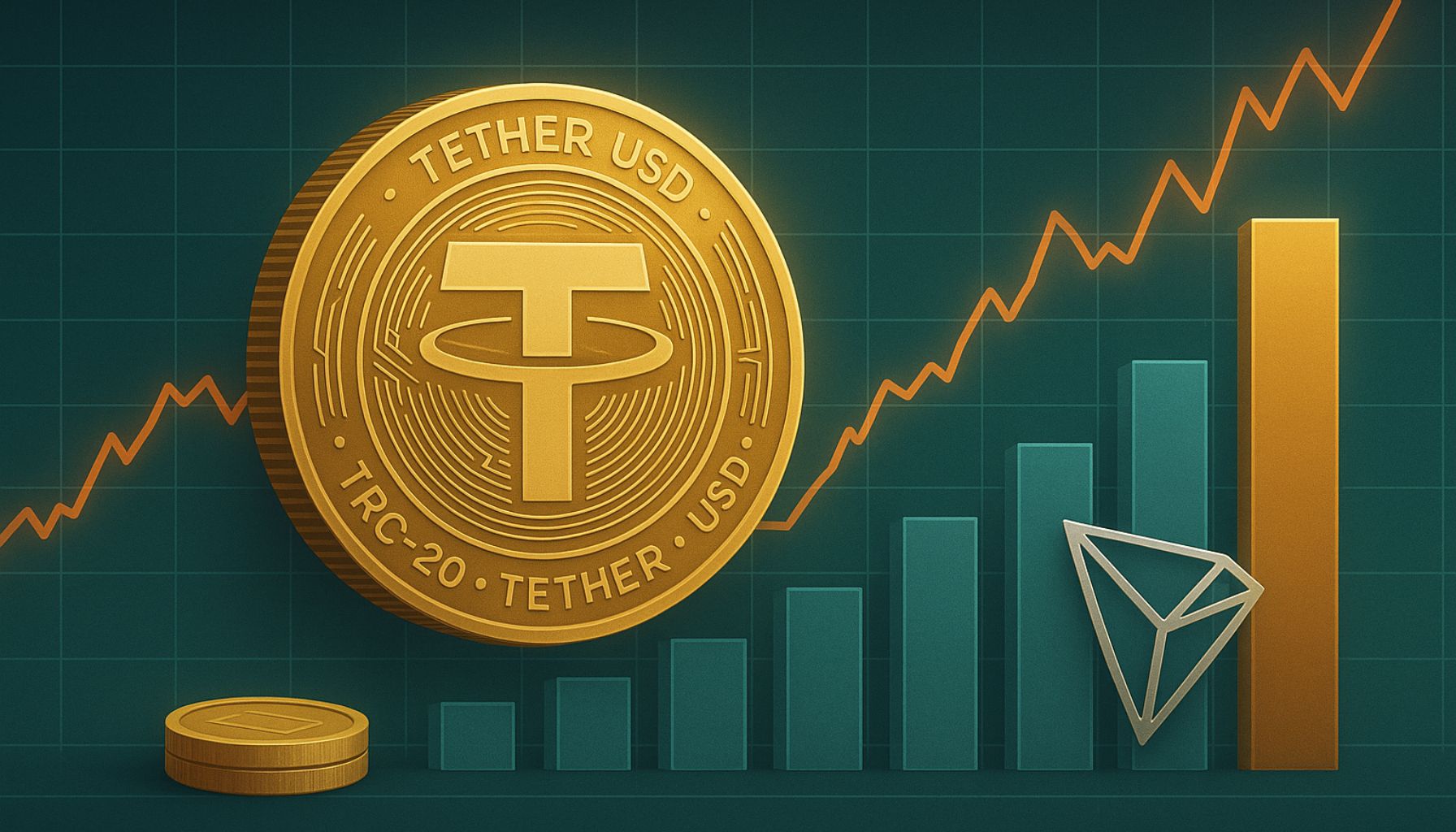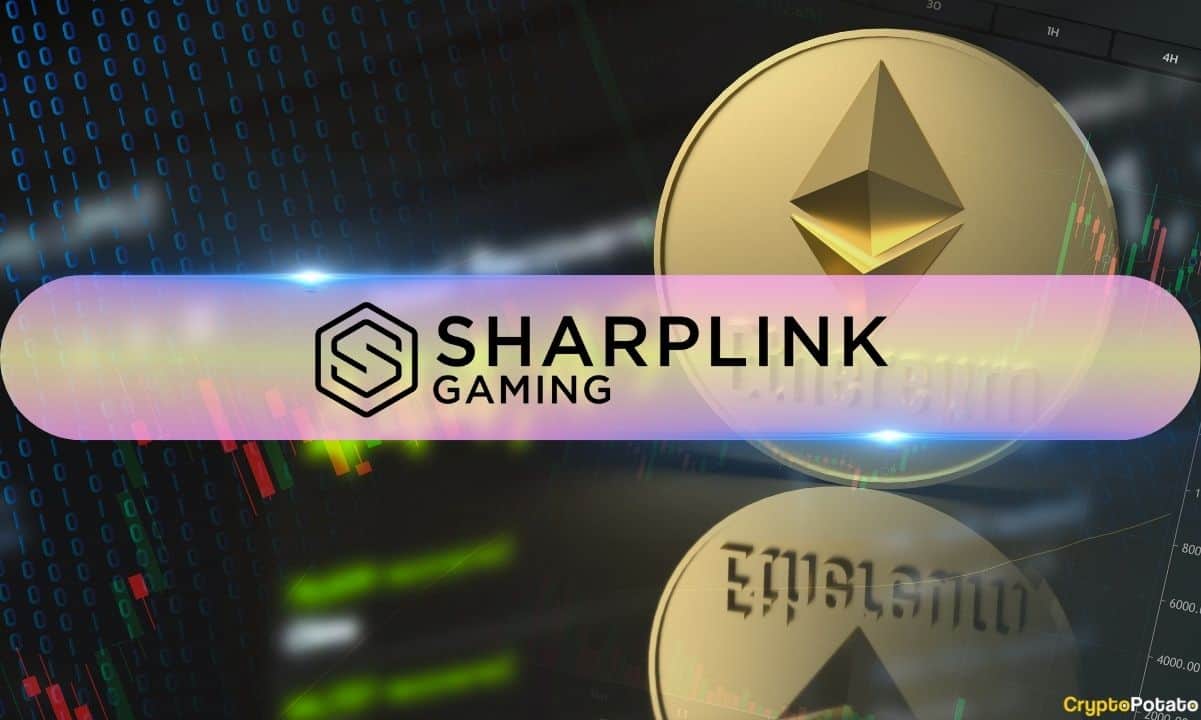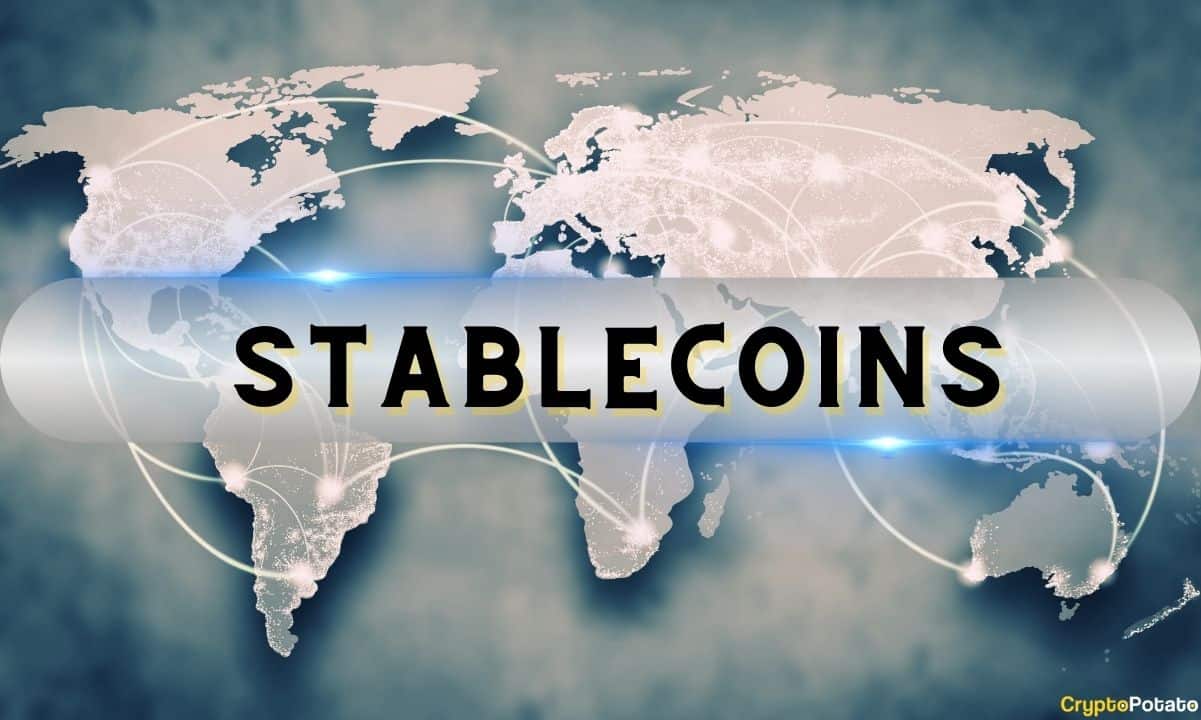Launched in November 2024, the USDG stablecoin has a total circulating supply of around $356 million.

Crypto exchange OKX has joined the Global Dollar Network, a consortium promoting Paxos’ relatively smaller USDG stablecoin, in a move the exchange says could help accelerate adoption of a regulated US dollar-backed stablecoin.
By joining the network, OKX’s 60 million global users will gain access to Global Dollar (USDG) for trading and transfers, the company announced Monday.
OKX already supports several major stablecoins, including market leaders Tether (USDT) and USDC (USDC). Adding USDG — a newer, smaller entrant — could broaden access to regulated digital dollars through a project designed to operate within established regulatory frameworks.
Paxos launched USDG last November, with reserves held by Singapore-based DBS Bank. The stablecoin is regulated by the Monetary Authority of Singapore and earlier this month expanded into the European Union under the Markets in Crypto-Assets (MiCA) framework.
Cointelegraph contacted OKX regarding USDG’s availability in jurisdictions where it has not yet received regulatory approval but did not receive a response by publication.
With a circulating supply of $356 million, USDG remains much smaller than other established dollar-backed stablecoins. Paxos aims to close that gap by positioning USDG within established regulatory frameworks.
The Global Dollar Network has attracted dozens of partners, including Robinhood, Kraken, Anchorage Digital, Beam, DBS and Standard Chartered.
Related: Crypto Biz: Meta’s AI bet, Fortune 500’s stablecoin push
$250 billion stablecoin market sees retail, institutional participation
Measured by transaction volume, stablecoins have become one of the most significant use cases of blockchain technology. In advanced economies such as North America and Europe, they are primarily used for settlements and liquidity management, according to a 2024 report by Chainalysis.
Beyond supporting crypto trading, stablecoins are also gaining ground in emerging markets as a tool for enabling reliable transactions and preserving value amid local currency volatility.
While stablecoins have gained popularity among retail users, they are also increasingly being explored by institutions, with banks looking to leverage the technology to streamline cross-border payments.
In the United States, corporate and institutional interest in stablecoins has especially grown after the GENIUS Act cleared the Senate last month. Several Big Tech companies, including Apple and Elon Musk’s X, are reportedly considering integrating stablecoin payments into their products.
Related: Stablecoins will soon have their ‘iPhone moment,’ Circle CEO

 5 hours ago
1
5 hours ago
1
















 English (US) ·
English (US) ·